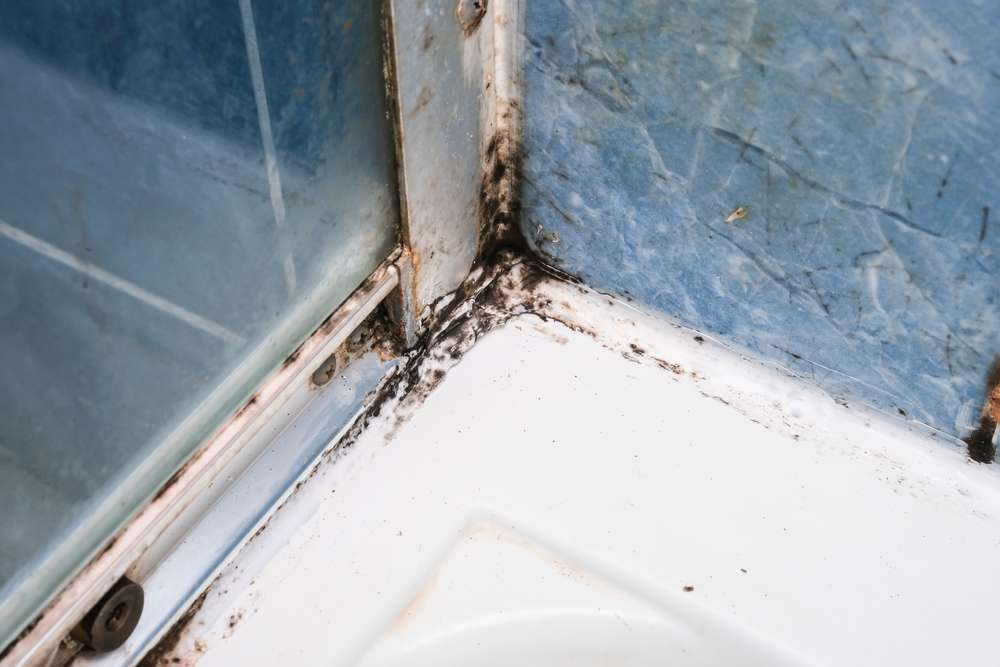Bathroom Wall Panels: Choosing, Installing, and Maintaining
Bathroom remodeling can be a transformative process, and one key element that often gets overlooked is the choice of wall coverings. Bathroom wall panels have emerged as a popular alternative to traditional tiles, offering a blend of aesthetics, functionality, and ease of maintenance. This article explores the world of bathroom wall panels, focusing on how to choose durable options, their application in small bathrooms, and the best practices for cleaning and maintenance.

How to Choose Bathroom Wall Panels for Durability
When selecting bathroom wall panels, durability should be a top priority. The humid environment of a bathroom can be challenging for many materials, making it crucial to choose panels that can withstand moisture, temperature fluctuations, and daily use. Here are some factors to consider:
-
Material composition: Look for panels made from waterproof materials such as PVC, acrylic, or composite materials. These options are resistant to water damage and less prone to warping or swelling.
-
Thickness: Thicker panels tend to be more durable and provide better insulation. Aim for panels that are at least 10mm thick for optimal performance.
-
Surface finish: Choose panels with a protective coating or finish that resists scratches, stains, and UV rays. This will help maintain the panel’s appearance over time.
-
Installation system: Opt for panels with a robust interlocking system or those that can be securely adhered to the wall. This ensures longevity and prevents water ingress behind the panels.
-
Warranty: Consider products that come with a substantial warranty, as this often indicates the manufacturer’s confidence in the panel’s durability.
Bathroom Wall Panels for Small Bathrooms
In small bathrooms, wall panels can be an excellent choice to maximize space and create an illusion of openness. Here are some tips for using wall panels effectively in compact spaces:
-
Light colors and reflective surfaces: Choose panels in lighter shades or with glossy finishes to reflect light and make the space feel larger.
-
Large format panels: Opt for larger panels with fewer seams to create a more seamless look, which can make the bathroom appear more spacious.
-
Vertical installation: Consider installing panels vertically to draw the eye upward and create the impression of higher ceilings.
-
Texture and patterns: While bold patterns can overwhelm a small space, subtle textures or gentle patterns can add depth without cluttering the visual field.
-
Complementary fixtures: Select bathroom fixtures and accessories that complement the wall panels to create a cohesive look that doesn’t overcrowd the space.
-
Integrated storage: Look for panel systems that allow for built-in shelving or storage solutions to maximize functionality without sacrificing floor space.
How to Clean and Maintain Bathroom Wall Panels
Proper cleaning and maintenance are essential to preserve the appearance and longevity of bathroom wall panels. Follow these guidelines to keep your panels in top condition:
-
Regular cleaning: Wipe down panels with a soft, damp cloth or sponge using warm water and mild soap. Avoid abrasive cleaners or scrubbers that can damage the surface.
-
Preventing water spots: After showering or bathing, use a squeegee or towel to remove excess water from the panels to prevent water spots and mineral buildup.
-
Dealing with stains: For stubborn stains, use a non-abrasive bathroom cleaner specifically formulated for the type of panel material you have. Always test cleaning products on an inconspicuous area first.
-
Sealing joints: Regularly inspect and reseal the joints between panels and around fixtures to prevent water penetration. Use a silicone sealant suitable for bathroom use.
-
Ventilation: Ensure proper ventilation in your bathroom to reduce humidity levels, which can contribute to mold and mildew growth on or behind the panels.
-
Avoiding harsh chemicals: Stay away from cleaners containing bleach, ammonia, or other harsh chemicals that can damage the panel’s surface or compromise its waterproof properties.
-
Addressing damage promptly: If you notice any cracks, chips, or signs of water ingress, address the issue immediately to prevent further damage and maintain the panel’s integrity.
By following these guidelines for selection, installation, and maintenance, you can enjoy the benefits of bathroom wall panels for years to come. Whether you’re remodeling a small powder room or a spacious master bath, wall panels offer a versatile and practical solution that combines style with functionality. With proper care, these panels can provide a durable and attractive finish that stands up to the demands of daily use while enhancing the overall aesthetic of your bathroom space.




